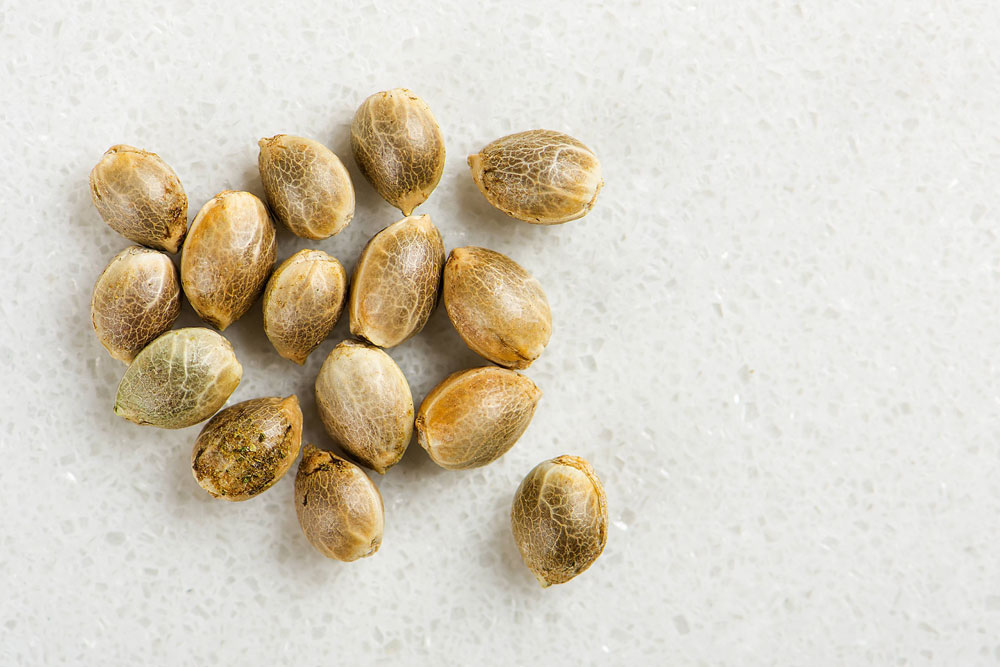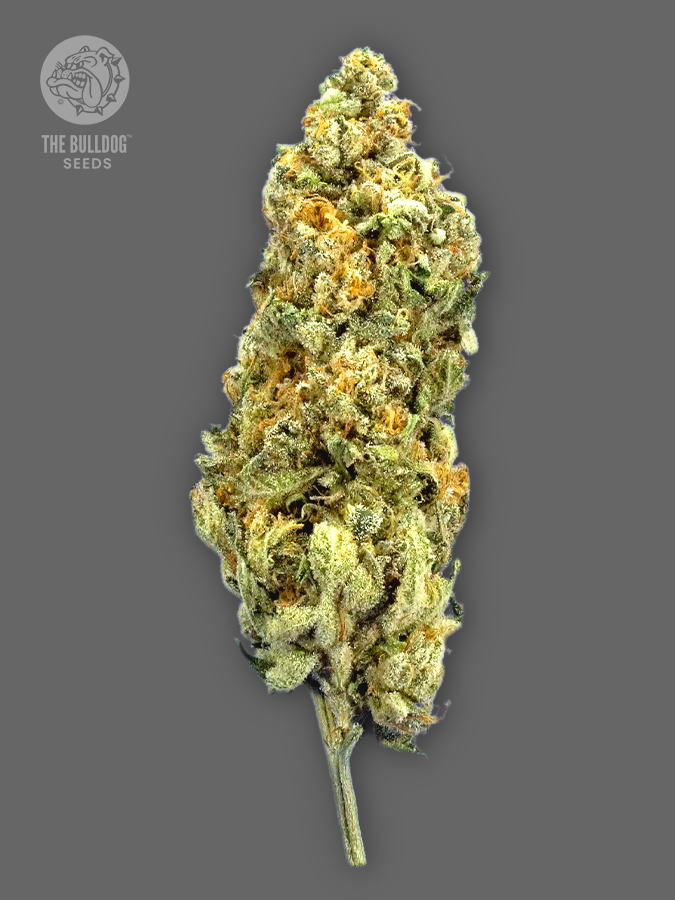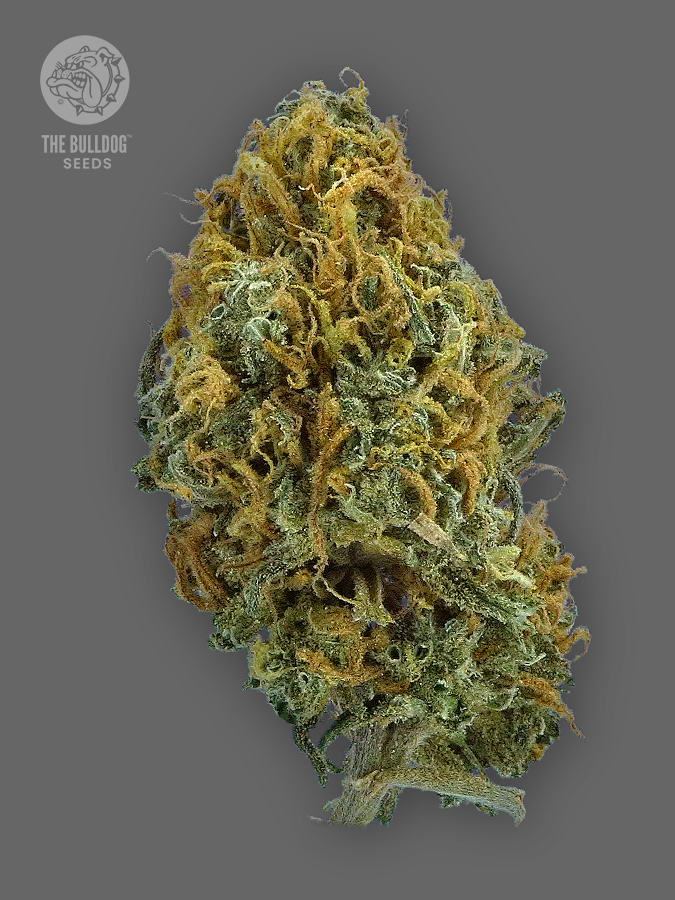Choosing the right cannabis seeds online is the first and most crucial step to a successful grow. No matter why you’re growing, you should know a few key things. Whether you’re a beginner or an old pro or growing for recreation or medical, it all starts with selecting the right cannabis seed.
Why Choosing the Right Cannabis Seed Matters
Many first-timers underestimate the differences in cannabis seeds, and having some knowledge of the subject can be the difference between a smooth harvest and a frustrating one. Making the wrong choice will result in wasted time and bad crops and can discourage newbies from trying again.
Even the most experienced growers can learn by refining their cannabis seed options.
Experienced growers often look for things like:
- Plants that respond well to training
- Strains ideal for breeding
- Varieties that are easier to maximise yield
- Plants with fast flowering times
The cannabis seed you choose can make all the difference between achieving your goals and falling short. The wrong seed might hinder the progress you’re making as a grower, limit the potential of the plants or introduce otherwise avoidable complications. Depending on the grower’s aim, certain cannabis seeds are better suited to some things than others.
This article will cover:
- The differences between feminised, autoflower, and regular cannabis seeds.
- The pros and cons of each type are based on growing style, space, and goals.
- Tips on how to choose cannabis seeds that align with your environment, experience, and expectations.
- A comparison of autoflower vs regular seeds to help you make the best decision for your setup.
Best Cannabis Seed Type by Grower Goal
| Grower Goal | Recommended Seed Type | Why It’s Best |
| Maximum Yields | Feminised | All plants produce buds; no males to remove |
| Fastest Grow Time | Autoflower | Flowers quickly without needing light cycle changes |
| Breeding & Genetic Projects | Regular | Provides both male and female genetics |
| Discreet/Small Space Growing | Autoflower | Compact size and bushy structure fits well in limited spaces |
| First-Time Grow | Feminised or Autoflower | Easy to manage with reliable results |
| Long-Term Strain Development | Regular | Offers more control, stability, and phenotype diversity over generations |
Feminised, Autoflower, and Regular Cannabis Seeds: What you need to know
Feminised cannabis seeds are specially bred to grow into female plants only. They are what produce the cannabinoid-rich flowers most growers are after. These seeds are among the most popular choices for both new and experienced cultivators.
Why Grow Feminised Cannabis Seeds?
Guaranteed female plants
The best thing about feminised seeds is you don’t have to look for male plants that pollinate other plants. With feminised cannabis seeds, 99.9% of plants are female.
Higher yields
Feminised plants mean no males are taking up space, nutrients, or light. This means the other plants can thrive and produce more flowers in the harvest.
Less stress, more efficiency
Feminised seeds streamline growth, especially for small or indoor setups with limited space and time.
Perfect for beginners
If you’re new to growing cannabis, feminised seeds are a safe, straightforward choice with few complications.
Downsides to Growing Feminised Cannabis Seeds
No Breeding
For the same reason some growers love feminine cannabis seeds, some growers avoid them. Since they only produce female plants, feminised seeds are unsuitable for breeding.
Less genetic diversity
Some growers argue that feminised seeds limit genetic variation, which can be crucial in selective breeding or phenohunting.
Tip: Many of our top-performing strains at TB Seeds are feminised—check out TB Mimosa or TB Skittlez Auto for high-yield, flavour-packed options.
Why Grow Autoflowering Cannabis Seeds: The Easy One-Pot Grow
Autoflower cannabis seeds flower automatically, based on age (21 days) from germination, thanks to ruderalis, the subspecies of cannabis present in autoflowers that triggers the flowering response. The plants don’t need to wait for changes in the light cycle. Autoflowering cannabis seeds are ideal for growers who are short on time and looking for a resilient and reliable plant.
Did You Know?
Autoflowering cannabis strains owe their unique trait to Cannabis ruderalis, a hardy subspecies that evolved in northern regions like Siberia.
Unlike traditional cannabis plants that rely on changes in light to flower, ruderalis plants flower automatically with age, usually around 3–5 weeks from germination.
This happens because gene changes like FLOWERING LOCUS T (FT) generally control when a plant starts flowering. Over generations, ruderalis adapted to its extreme environment, giving us the fast, beginner-friendly autoflower strains we know today.
Key Characteristics of Cannabis Ruderalis (for Autoflowers)
Trait | Description |
Origin | Central and Northern Asia (e.g., Siberia) |
Flowering Trigger | Based on age (automatic), not light cycle |
Average Height | 60–100 cm |
Resilience | Highly resistant to cold, pests, and stress |
Primary Use in Breeding | Used to create autoflowering hybrids by crossing with indica/sativa strains |
Common Genetics in Autoflowers | Boosted with indica/sativa traits to enhance potency, flavour, and yields |
Pros of Growing Autoflower Cannabis Seeds
Autoflowers are the way to go if you want fast harvests with minimal effort or growing in cooler climates with short seasons. Your indoor setup may be tight on space. Or maybe you’re a new grower looking for an easy intro to growing cannabis.
No Changes to Light Cycles
Autoflowers switch from vegetative growth to flowering automatically after 21 days, so there is no need to adjust lighting schedules.
Fast turnaround
Most autoflowering cannabis strains typically harvest 8–10 weeks from germination. Making them the fastest seed-to-harvest option and ideal for growers looking to run multiple crops.
Compact and discreet
Autoflowers typically grow smaller and more compact than plants from feminised or regular seeds (around 1m) and bushier, which makes them perfect for hidden grows, balconies, or indoor spaces with limited room.
Best for Beginners
Don’t let that put you off trying feminised seeds, but autoflowering cannabis seeds are low-maintenance and forgiving of small mistakes, making them great for first-time growers. And because they are fast flowering, autos are ideal for first-time grower satisfaction.
Tough genetics
Many auto-flowers resist cold weather, pests, and diseases like mildew and spider mites.
Downsides to Growing Autoflowering Cannabis Seeds
Smaller yields
They don’t grow as big as photoperiod cannabis plants because they have a shorter life span. However, autoflower genetics have recently started to compete and produce much larger yields.
Less control
Autoflowers are resistant but won’t respond well to changes, which rules out plant training or pot transfer. Changing pots and some training methods, such as high-stress training (HST), can stunt your plant’s growth because it doesn’t have enough time to recover.
Example Strain: TB Skittlez Auto is a fruity, high-yielding autoflower and perfect for beginners because it is easy to grow, packed with flavour, and ideal for daytime or evening relaxation
Quick Comparison – Feminised vs Autoflower vs Regular Seeds
| Feature | Feminised Seeds | Autoflower Seeds | Regular Seeds |
| Produces Female Plants Only | ✅ Yes | ✅ Yes (usually) | ❌ No (50/50 male/female) |
| Requires Light Cycle Change | ✅ Yes | ❌ No | ✅ Yes |
| Ideal for Breeding | ❌ No | ❌ No | ✅ Yes |
| Suitable for Beginners | ✅ Yes | ✅ Yes | ❌ No |
| Growth Time (Avg) | 10–14 weeks | 8–10 weeks | 14+ weeks |
| Yields (per plant) | High | Medium to High | High (depending on phenotype) |
| Genetic Stability | Medium | Medium | High |
Why Grow Regular Cannabis Seeds?
Regular cannabis seeds are the original, the OG, of cannabis genetics. They are the most natural and unmodified form of cannabis genetics. They produce male and female plants, typically at a ratio of 50/50, and are prized by breeders and purists for their natural stability, diversity, and complete expression of genetic traits.
Breeding
Regular cannabis seeds are what you want if you’re looking to breed new strains or preserve classic ones. To breed plants, a male needs to pollinate a female plant. Thanks to the 50/50 chance of getting both by popping regular cannabis seeds, you can select the best male and female plants.
Stability
Some argue regular cannabis seeds have stronger and more stable genetics compared to feminised or autoflowering varieties. Some prefer them because they are ideal for making clones or keeping parent plants. Thinking of keeping a dream mother plant?
Long-term cannabis projects
If you’re thinking long-term and want to refine and reproduce multiple generations of the same plant, regular seeds give you the most flexibility and control over what you create.
Natural growing
Some growers simply prefer working with cannabis in its most natural form and work with the full spectrum of genetics that regular cannabis seeds offer.
Downsides of Growing Regular Cannabis Seeds
Identifying and removing male plants
Male plants don’t produce flowers but can pollinate females. If you’re not looking to breed, you need to identify any male plants and remove them before they pollinate the rest of your crop and produce lots of seedy flowers.
Longer learning curve
Beginners should probably avoid regular cannabis seeds unless they’re ready to do some intensive learning and be prepared to spot males early in the growth cycle. Even the most experienced growers can miss a male plant and lose a harvest to seedy flowers.
Risk wasting space
One of the biggest challenges to growing is finding the space to do it. If you’re already limited on space, you risk taking up room that could be otherwise used to get the most out of a feminised or autoflower.
Pro Tip: If you’re not sure whether regular seeds are right for you, ask yourself this: Do I want to grow flowers, or do I want to grow genetics? The answer will usually guide you.
Ready to grow? Explore our full collection of feminised, autoflowering, and regular cannabis seeds to find the perfect match for your next crop.





